Cicada damage
I'm pretty sure the 13-year cicada emergence in St. Louis has pretty much ended -- at least the emergence part. The incessant calling, flying around, and mating is still going strong. (Read my previous posts about the cicadas here, here, and here with videos.) Mating cicadas means egg-laying cicadas, which means plant damage.
The cicadas aren't dangerous for plants, until the females start laying eggs that is. Then things can get touchy for almost every tree and shrub in the area.
So how many cicadas are there right now? Well, here are some of their emergence holes:
Not so bad...
Ok, now it looks like a lot of holes. Thanks for aerating my beds for me cicadas!
And for mulching for me too! (That's a lot of shells.)
There are still plenty in the trees too:
This is just around a single tree. There are a lot of trees in my yard and in my neighborhood. Add it up (or multiply) and that's a lot of cicadas.
A single female cicada can't do much damage. Her eggs are laid in tiny slits in the bark of young but woody branches, and those slits are small wounds.
I'm not sure how many slits a female makes, but it looks like a dozen or so at a time. Multiply that by the number of laying females that use this same branch... Hundreds or thousands of small wounds can be just as bad as one or two larger ones.
It's not only trees -- the plant just needs a bit of woody structure to it, like this rose:
Not even the bamboo is safe. They appear to only use the branches, not the culms themselves as far as I can tell:
So how exactly do they make these slits?
I'm glad you asked...
...because I found a female who was in the middle of laying on a bamboo branch. You can see her ovipositor is just starting to dig into the culm in the above photo. (click each image for a larger version)
The amount of pressure they are able to exert must be enormous!
I swear I can see her eyes bulging with the effort:
I'm not sure if they lay a single egg in each slit, but I'm thinking they probably do.
I'm quite glad that cicadas are good at identifying appropriately woody branches, as I'd hate to have them mistake my leg for a twig -- I'm pretty sure they could drill with ease into any part of my body they wanted, skull included.
Great, now I'll be thinking about that whenever one lands on me -- and that occurs a lot.
Although, that would make a pretty unique (and grisly) blog post if it did happen...
.

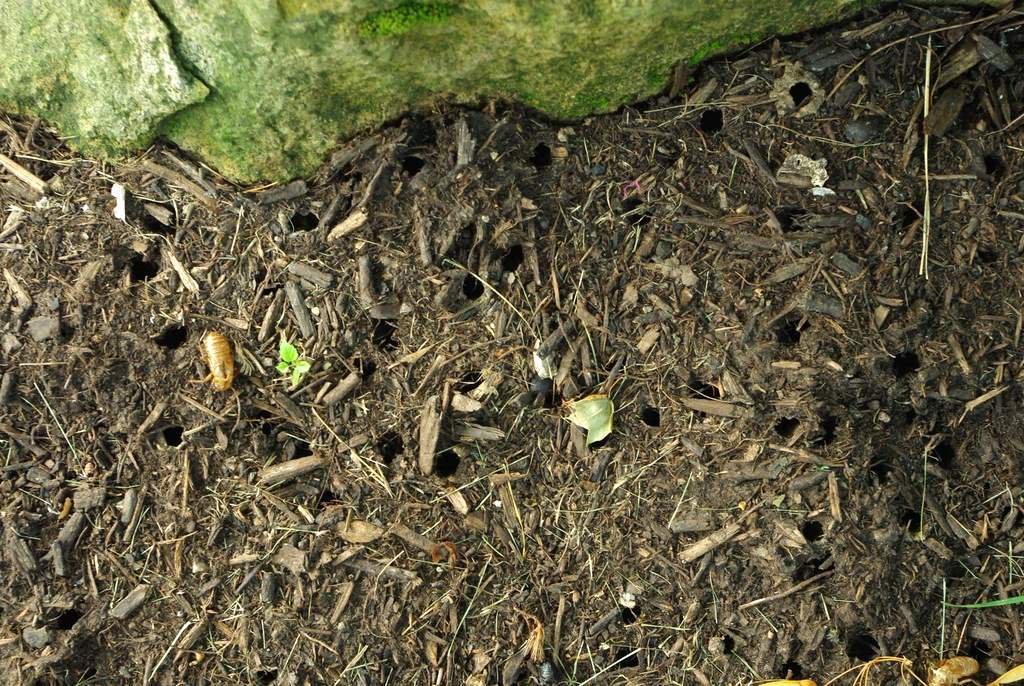
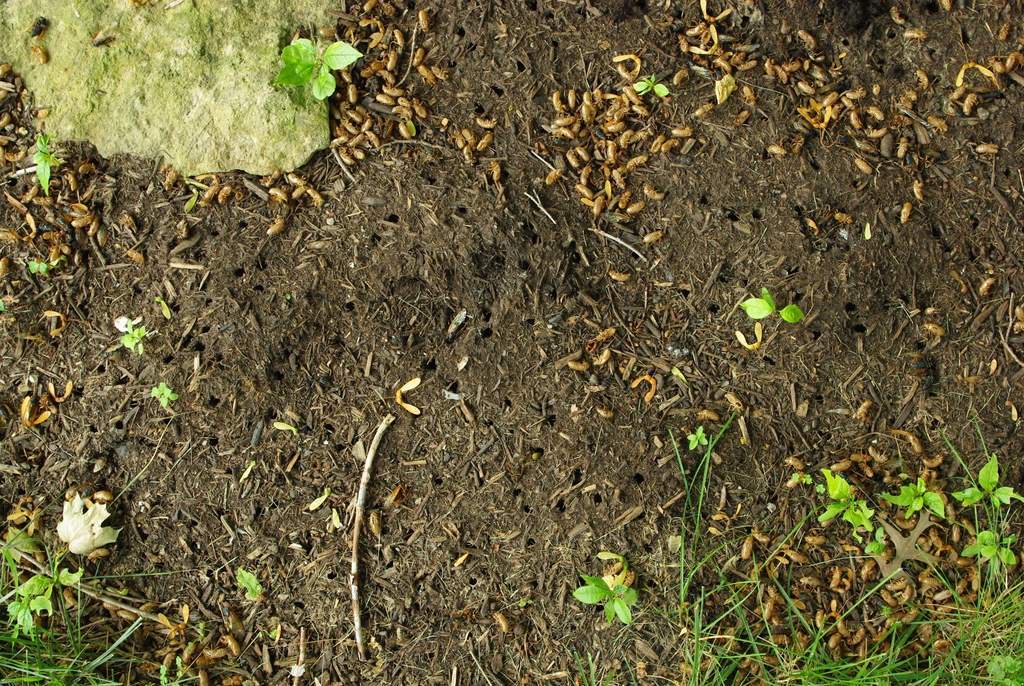

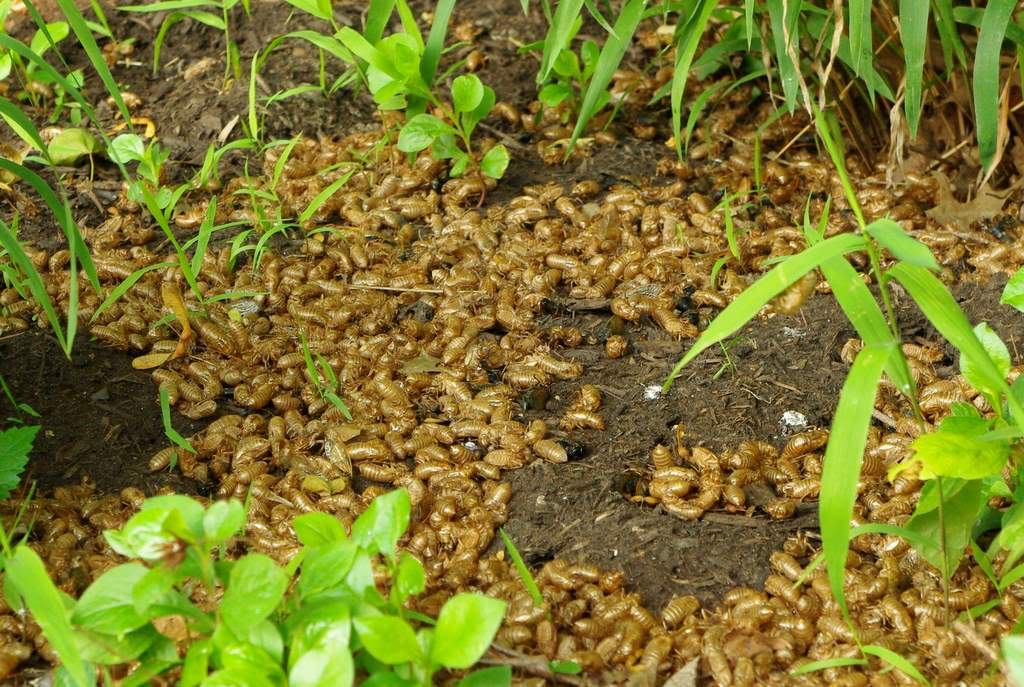

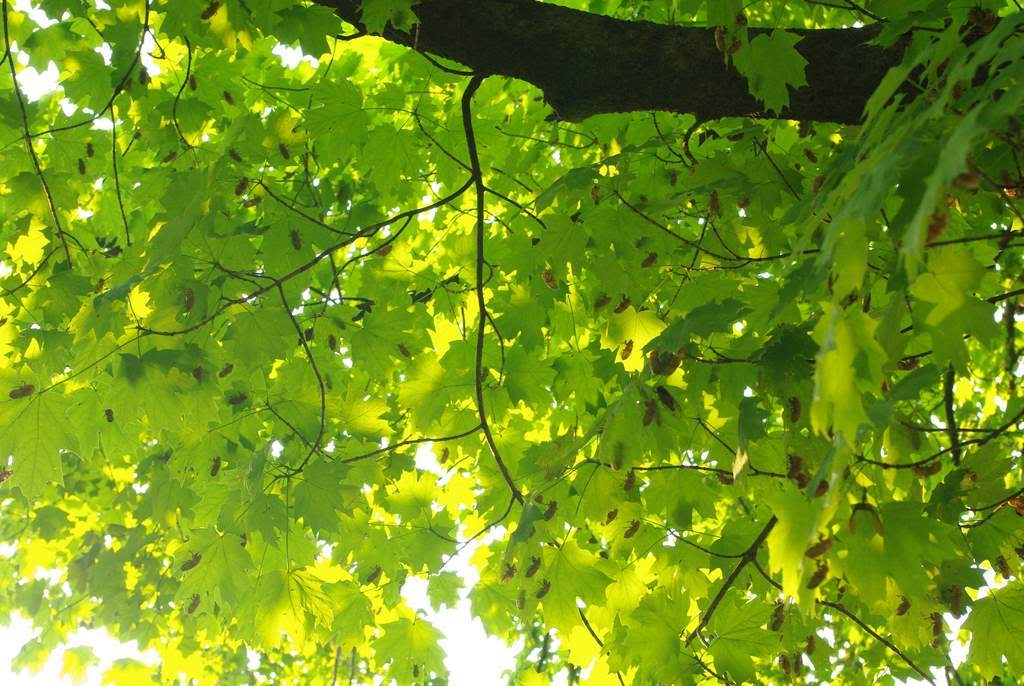




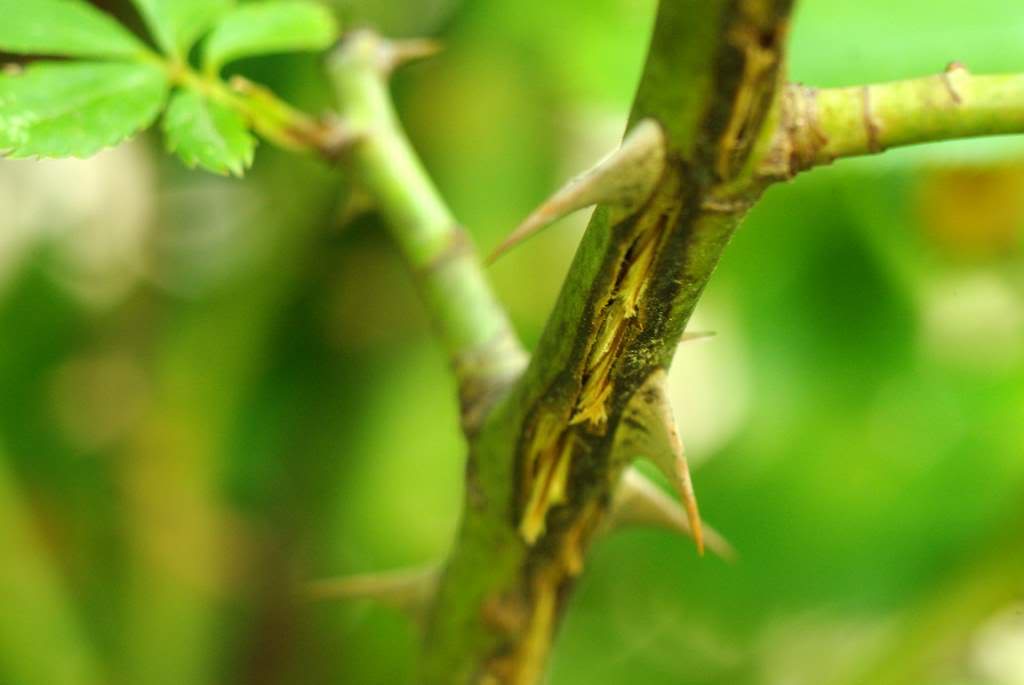
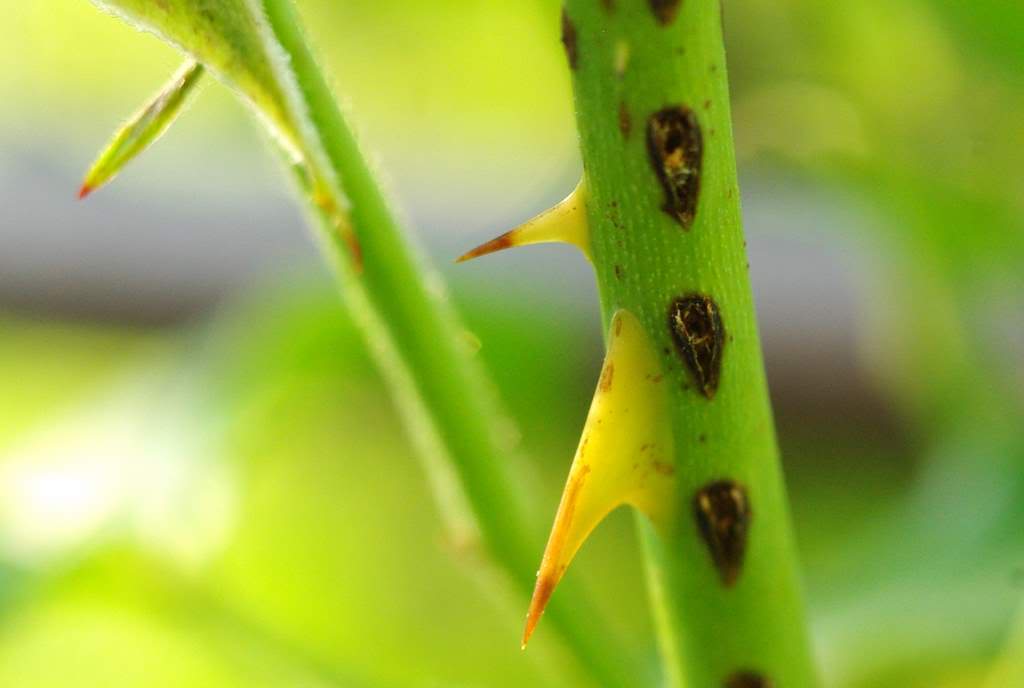

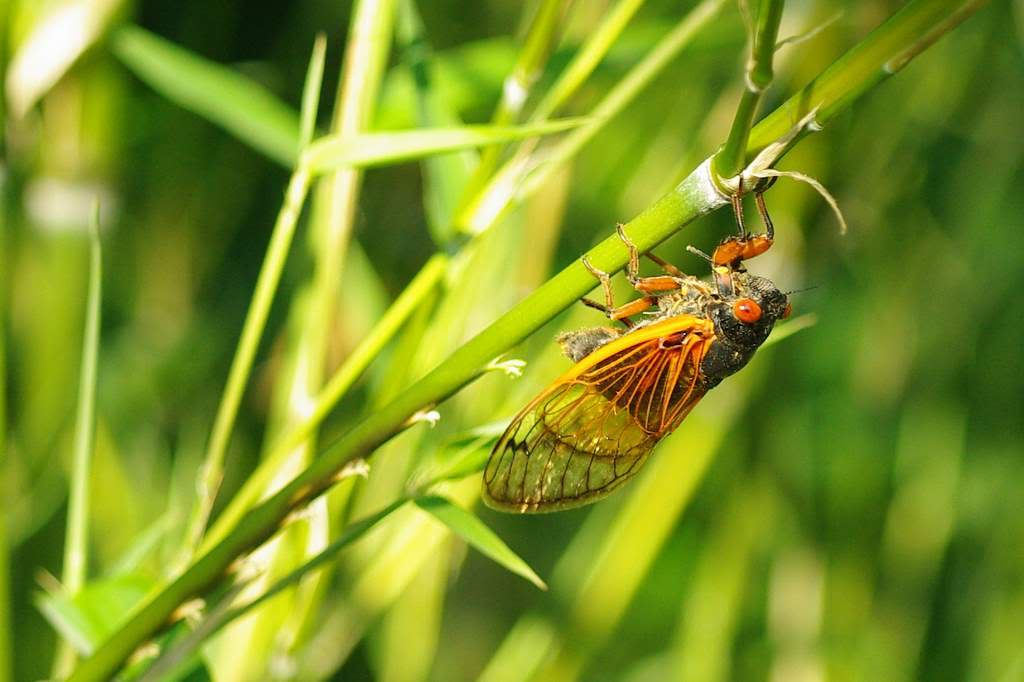
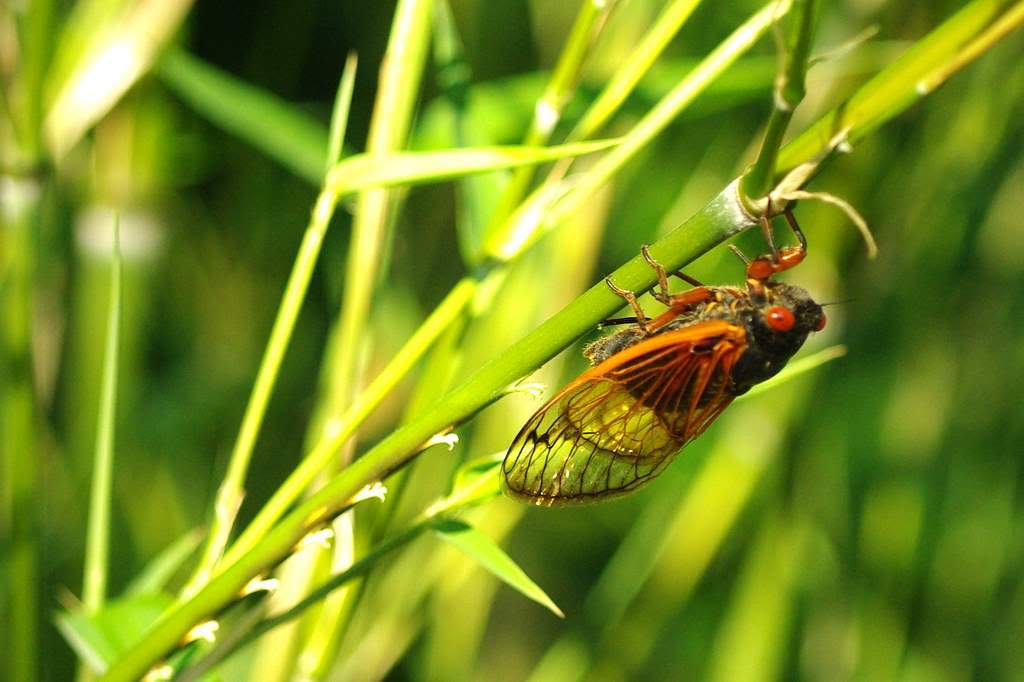

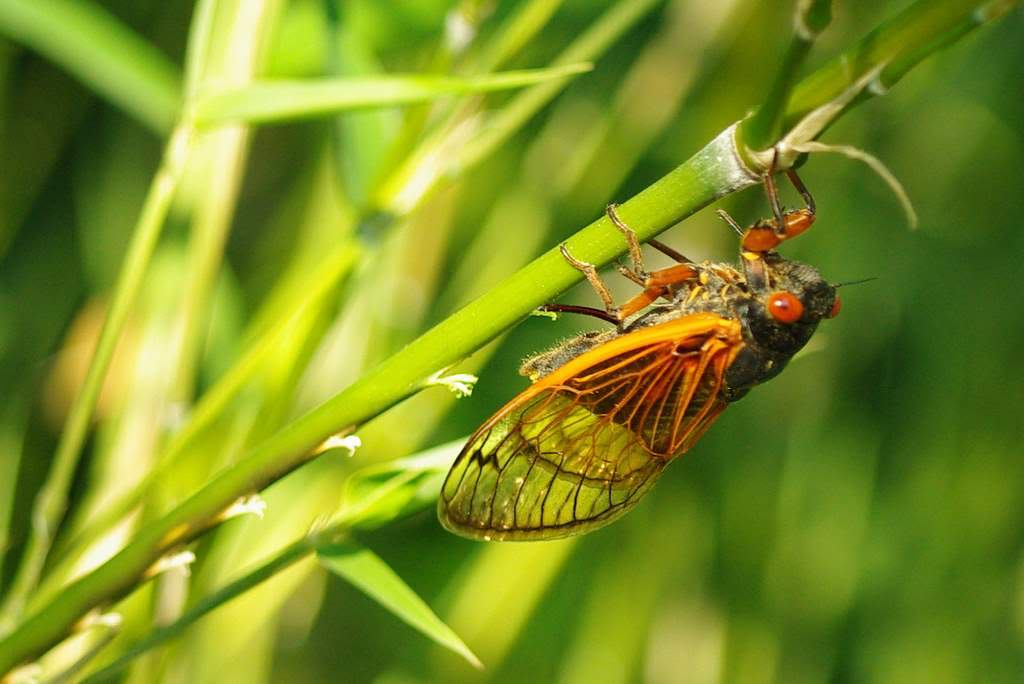
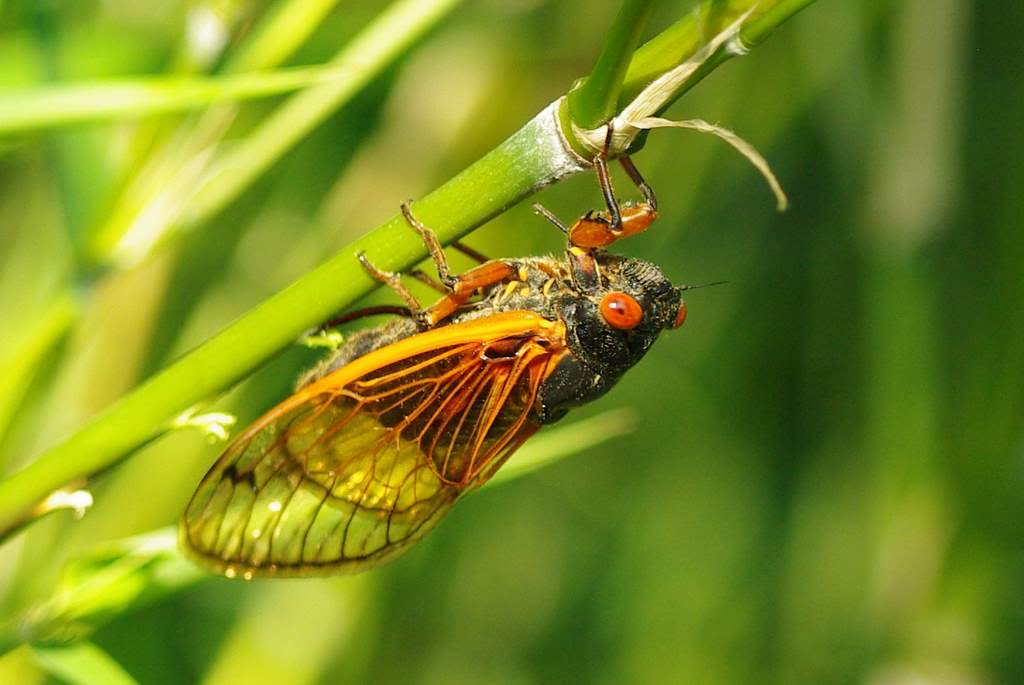
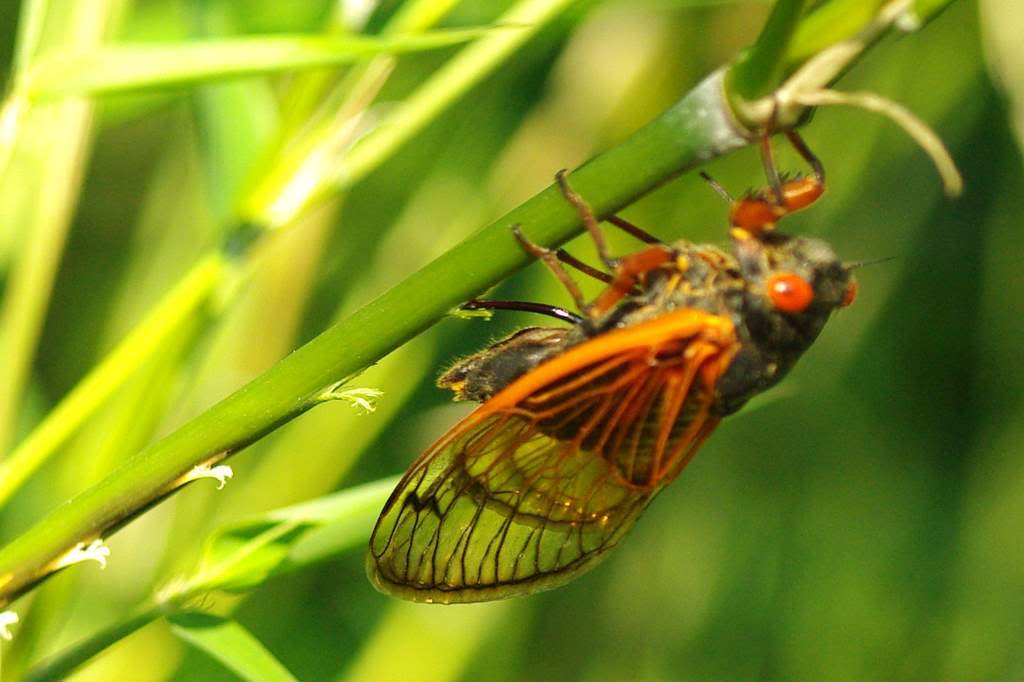





Are these in your garden or in your neighbor's garden? Very much as I love bugs, these are definitely overwhelming.
This is my garden, although all of my neighbors have the same situation, but not with bamboo :-)
I've since found out that the female will lay up to 20 eggs in each slit, and that they take 6-8 weeks to hatch.
I like bugs but I'm not sure about these ones. Something to do with the potruding red eyes..
Wow...that's incredible. Thanks for the detailed photos...very interesting.
You've done an excellent job describing the cicadas in your posts, just finished reading all of them... amazing. So happy to have only annual cicadas in my neck of the woods.
Our relatives from Tennessee just visited us and they were talking the about plague-like invasion of cicadas at their place. I didn't quite appreciate their stories until I saw your pictures. :)
I have never seen cicadas in that population before.
Do they choose new bamboo branches or older harden off growth from years past? I'd assume the new bamboo growth would not be "woody" enough for them.
I guess you like to look on the bright side of things with your comment on aerating. :grin:
The photos of the cicada are really good.
M: They're definitely using some of the new branches -- and it's causing some problems. I'll post about this tomorrow. Not sure if they're using older branches too -- I need to survey more.
Are you into Chinese medicine because you could collect all those shells. :) Seriously, those are a lot of cicada shells!!! I hear them and see evidence of holes in the ground but NEVER seen so many as you have. Very impressive photos of the cicadas and interesting info on their egg laying. I hope your plants survive the invasion. At least this type only comes every 13 years!
I noticed marks on some of my plants. Now that I've seen your amazing photos of the female laying eggs, I put on my reading glasses to look again. Sure enough, they're everywhere, and not only on woody plants. Excellent post!
I just found your blog from a Google search on cicada branch flagging. Your pictures are amazing, especially the one of the egg-laying female.
In my part of St. Louis county, they were so bad I spent most of the time inside, not wanting any cicadas to fly into me. I'm glad they're gone.